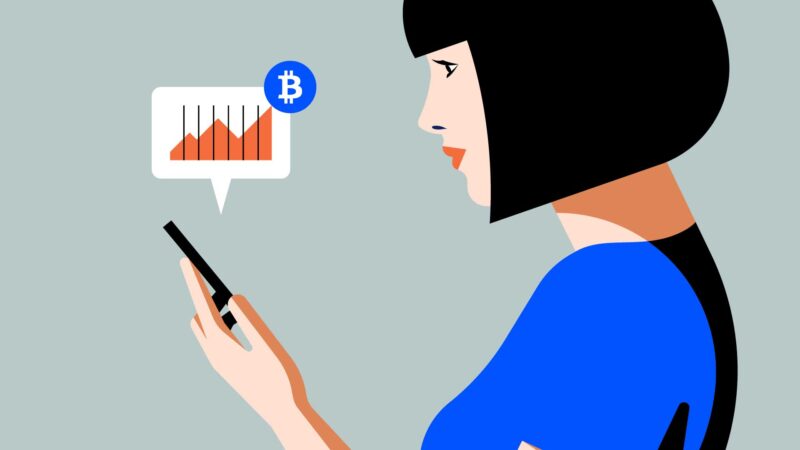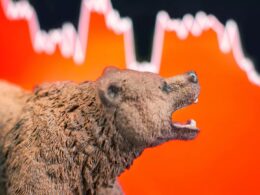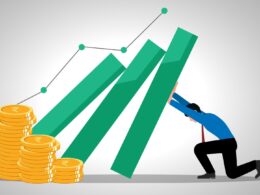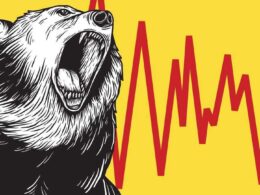Very few crypto investors do fundamental analysis properly in my opinion. So in this article I want to share u what I look for when evaluating a project’s fundamentals and my secret sauce that ties it all together.
First, what is fundamental analysis? In the stocks world it is using things like financial statements and various models to come up with a fair value for a company. Many value investors like Warren Buffett use fundamentals to decide which stocks to buy. But in the crypto world things are a little different, we don’t have things like financial statements or frameworks, like discounted cash flow to evaluate projects with. But we can definitely evaluate them on a more holistic basis, by looking at things like network activity, underlying value proposition, or even their trading volume.
It’s things like that which form the fundamentals for any given project. But let’s be real, there are over 7,000 cryptocurrencies out there these days, and the vast majority of them are worthless and headed to zero. That’s not hater talk either, it’s just being realistic. Look at all the forks vaporware and outright scams out there, and that’s why analyzing the fundamentals is so crucial for us because it can help us identify the coins that actually have some value. If we invest in those it’s much more likely that we’ll be profitable compared to YOLO bets, which may or may not hit if we’re lucky.
We all agree that fundamentals are important, but there’s not one perfect framework for all of us to use. In fact, you should probably craft your own and then tweak it over time based on your own experience. Over my four years in the crypto world. I’ve created a 10-part framework for researching fundamentals. Let’s run through each part to see what I’m looking for and why it’s important.
Overall Value Proposition
First, I like to start super high level and look at the overall value proposition, like what is this project’s reason for existence. I look at the problem they’re trying to solve and see if it’s actually a worthy problem. And then I asked if they really need crypto or blockchain to achieve their goal.
The Team
Assuming I’m satisfied with those answers then I move on to the next part, which is the second thing I look for, the team. This is one of the most important things we need to evaluate because a good team can always iterate or pivot their project into something better, but a bad team may call it quits or just not care about their investors at all. I look at the team’s experience, and their track record to determine how high quality they are. I also look at who is supporting advising and backing them, and then I look at how approachable and open they are to their community. Which means I generally do not like projects with anonymous teams, it’s too easy to rug pull us that way.
Technology
The third aspect I evaluate is the technology. There’s a lot of stuff here but I like to see if their tech is a good fit for what they’re actually trying to build, and whether they are truly innovating in some way, or just copying pasting from other projects. I also want them to be constantly improving their tech, and upgrading their code base, not just writing it once and that’s it.
Tokenomics
My fourth pillar would be tokenomics. This has to do with things like the token supply and monetary policy. I looked to see if there’s a maximum cap or if it inflates forever. If it does inflate, how does that rate change over time. Tokenomics also has to do with their token utility like what the role of the token is in its ecosystem. Are stakeholders actually incentivized to hold/use it? Finally, I look at the token distribution, aka how much is owned by insiders or whales, or was it spread pretty widely through a fair launch. This stuff can literally make or break a project even if they did everything else right.
Usage and Adoption
Of course, this would be for the projects that have already launched, but I would look for how many daily users they have, and how many total transactions are they sending. Then I’d look at the dollar amount of value that’s flowing through the protocol or app and see how much of that is being captured by fees. Finally, if they are a platform, I’d look for how many teams are actively building on top of them. Generally speaking, the more the better for these types of metrics because they point to actual demand.
Sentiment
Basically, this just means what people think or feel about this project. You can look at social media chatter for this or go into their communities and see what everyone is talking about. We want this to be generally positive because that leads to more word-of-mouth growth for the project.
Community
I kind of mentioned this already, but it’s important to see if they have a legit community that actually cares about the project and remains engaged over time. This is actually quite rare because many projects attract all the wrong people, like the short-term flippers who leave as soon as things get hard, but a good community is super powerful because they can help the team out in many different ways. And you don’t even need to pay them anything. Some of these communities get so strong that they even form cults, aka XRP Army, LINK marines or things like that. Like them or not you can’t deny that they are a huge asset for their project.
Partnerships
The eighth thing that I evaluate is partnerships. Which other companies or projects are they collaborating with? What is the nature of those partnerships? Are they legitimate and will actually help the project grow, or is it just fluff meant to trick investors to pump the token price? We see so many projects announce amazing partnerships that turn out to just be a pilot program that goes nowhere. Ideally, we want partnerships that can bring a real increase in adoption and demand for the token.
Competitors
This is pretty simple. Look at the other projects this one is competing with and get a feel for how you think they stack up, and how much market share each one can grab in the future.
Regulation
Basically, I just try to see how likely it is for regulators to come in and punish a project. Because in our wild west world of crypto, that’s always something that projects have to worry about. But some of course have way higher risk than others depending on their niche and their specific approach. So I just try to gauge that and manage my investment accordingly.
So that’s my comprehensive framework that I use all the time. But you may be wondering, where do i even find all of those details? Good news for you because there are many resources and websites that can help, like Messari’s project profiles have a ton of details about the fundamentals, Binance research reports are also great, but they don’t have it for every project. LunarCrush and Santiment are tailored made for social media stats and sentiment analysis. Crypto Panic is good for finding the latest news and buzz about a project. CoinGecko also has a lot of useful stats as well, and CoinMarketCal has useful dates like upcoming big milestones on a project’s roadmaps. Finally, CryptoMiso has details about a project’s code base like the number of GitHub commits, etc. I’m sure there are more you can utilize, but those are just some of the ones that I like to use.
By now you are armed with my trusted framework, and several tools to use for research, but even that was not enough, at least for me. I really needed to make an explicit mindset change to tie it all together. Basically I was like, okay I did a lot of research and I’m confident about my pick. So I’m going to buy it with high conviction, I won’t worry about the short-term volatility and I won’t try to get in at the absolute best price because my time horizon for this investment is long after all. So I trust that eventually the price will catch up with the fundamentals and that will pay dividends for me.
But even if it doesn’t then that’s a learning experience, and a chance for me to tweak my framework or approach. And this is the mindset change I called “my secret sauce”. If it’s still not clear why you need that, here’s an example that might help. Let’s say you spotted Solana when it was around 40 dollars. You did your research and you liked it. But you’re like “Hmm it’s a little bit pricey right now, I’m going to wait until I retest that 20 level first.”
Well as luck would have it, Solana never hit that level again and it went on to surpass 200 dollars at its all-time high instead. so you were right about his potential, but obsessing about the charts slash getting in at the best price, was what held you back. At 200 dollars you probably don’t care if you got in at 40 or 30 dollars, you just wish you got in. Because it would be massive gains regardless.
Now I am not saying that there’s no role for chart trading and technical analysis, but you got to be honest with yourself, if you want to be a longer-term huddle type of investor, then you really shouldn’t care about it that much anyways. I hope this article gave you some new knowledge that can help you grow and improve, or at the very least, some food for thought as to what you could do differently.








